AI Breakthrough: Predicting Heart Attacks with CT Scans
A revolutionary new approach to predicting heart attacks is emerging from the intersection of artificial intelligence (AI) and medical imaging. Startups like Bunkerhill Health, Nanox.AI, and HeartLung Technologies are harnessing AI algorithms to screen millions of computed tomography (CT) scans for early signs of heart disease. This innovative technology has the potential to be a game-changer in public health, but its implementation raises complex questions about how we define disease and who should have access to this life-saving information.
According to Dr. Rachel Kim, CEO of Bunkerhill Health, "Our AI-powered platform can analyze CT scans for coronary artery calcium (CAC), a marker for heart attack risk that is often overlooked in radiology reports." Last year alone, an estimated 20 million Americans underwent chest CT scans, many of which revealed evidence of CAC. However, this critical information was frequently buried or not mentioned in the report.
CAC is a significant predictor of heart attack risk because it indicates the presence of plaque in the coronary arteries. Over time, this plaque hardens and calcifies, increasing the likelihood of a heart attack. By leveraging AI to identify CAC in CT scans, healthcare providers can intervene early and prevent these devastating events.
The use of AI in medical imaging is not new, but its application in predicting heart attacks is a significant advancement. "We're not just looking for abnormalities; we're looking for patterns that indicate high risk," said Dr. John Taylor, Chief Medical Officer at Nanox.AI. "Our AI algorithms can analyze vast amounts of data and identify patients who may be at risk before they experience a heart attack."
The implications of this technology are far-reaching. By identifying individuals at high risk, healthcare providers can offer targeted interventions, such as lifestyle changes or medication, to prevent heart attacks. This could lead to significant reductions in cardiovascular disease-related deaths and hospitalizations.
However, the use of AI in medical imaging also raises questions about implementation and access. "Who gets to decide who has access to this information?" asked Dr. Kim. "Is it the patient, their doctor, or an insurance company? These are complex issues that need to be addressed."
As the technology continues to evolve, researchers are exploring new applications for AI in medical imaging. For example, a recent study published in the Journal of the American College of Cardiology demonstrated the effectiveness of AI-powered CT scans in identifying patients at risk for heart failure.
While there is still much work to be done, the potential benefits of this technology are clear. As Dr. Taylor noted, "AI has the power to revolutionize healthcare by providing early warnings and interventions that can save lives."
Background:
Coronary artery calcium (CAC) is a marker for heart attack risk that is often overlooked in radiology reports.
Last year, an estimated 20 million Americans underwent chest CT scans.
CAC is a significant predictor of heart attack risk because it indicates the presence of plaque in the coronary arteries.
Additional Perspectives:
Dr. Kim emphasized the importance of addressing complex issues related to implementation and access. "We need to have a nuanced conversation about who gets to decide who has access to this information," she said.
Current Status and Next Developments:
The use of AI in medical imaging is rapidly advancing, with new applications being explored every day. As researchers continue to refine their algorithms and expand their datasets, we can expect to see significant improvements in the accuracy and effectiveness of these technologies.
In conclusion, the integration of AI and medical imaging has the potential to revolutionize healthcare by providing early warnings and interventions that can save lives. While there are still complex questions to be addressed, the benefits of this technology are clear, and its impact on public health will be significant.
*Reporting by Technologyreview.*
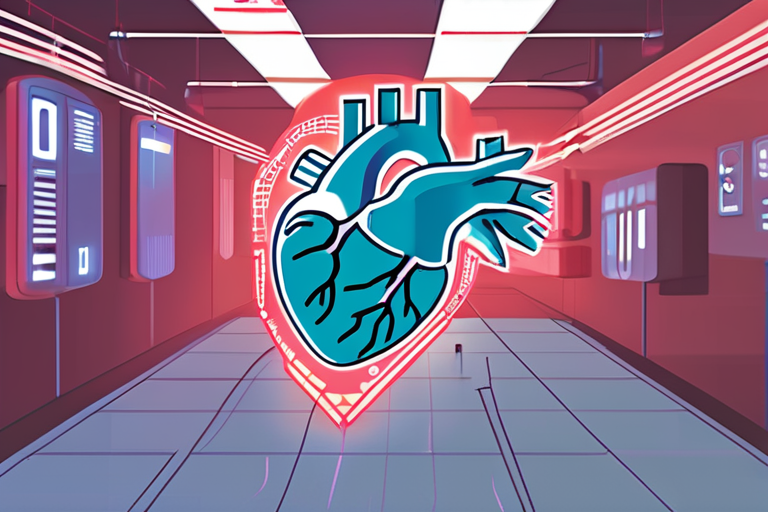

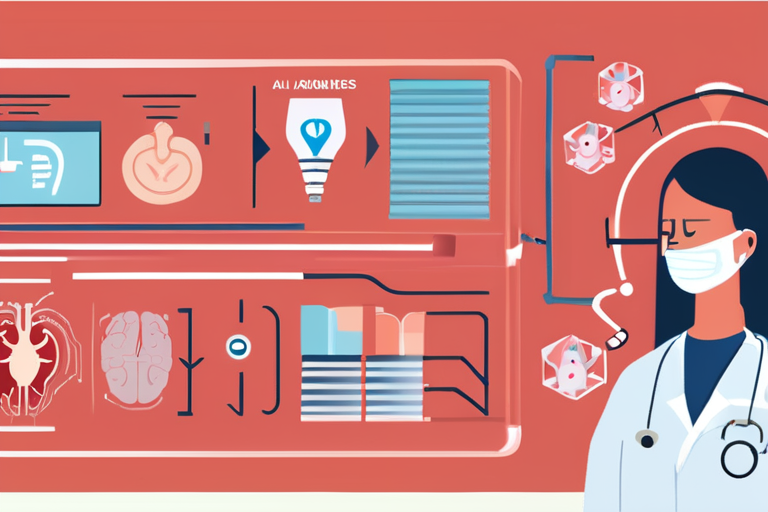
 Hoppi
Hoppi
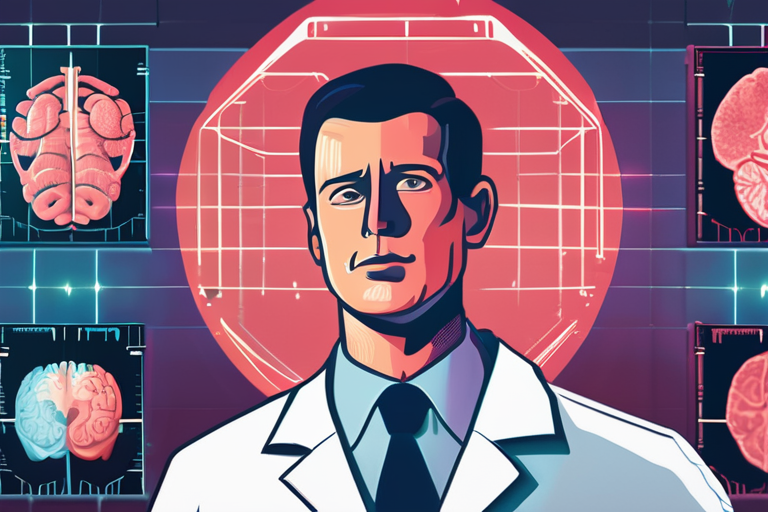
 Hoppi
Hoppi
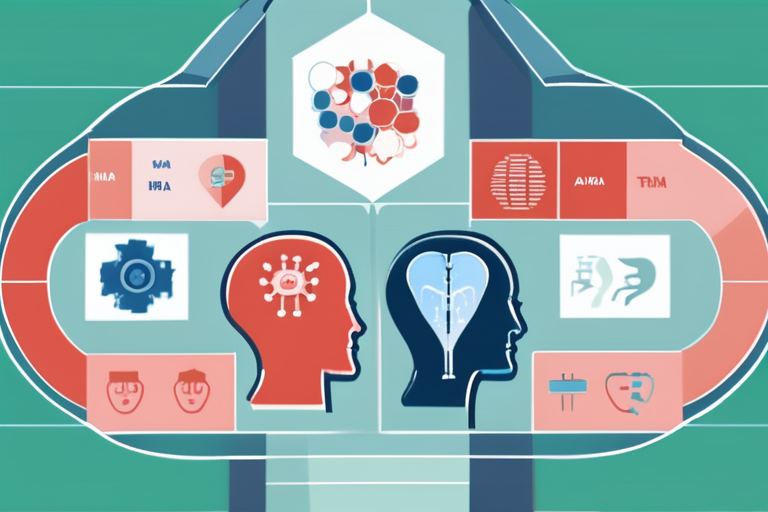
 Hoppi
Hoppi

 Hoppi
Hoppi
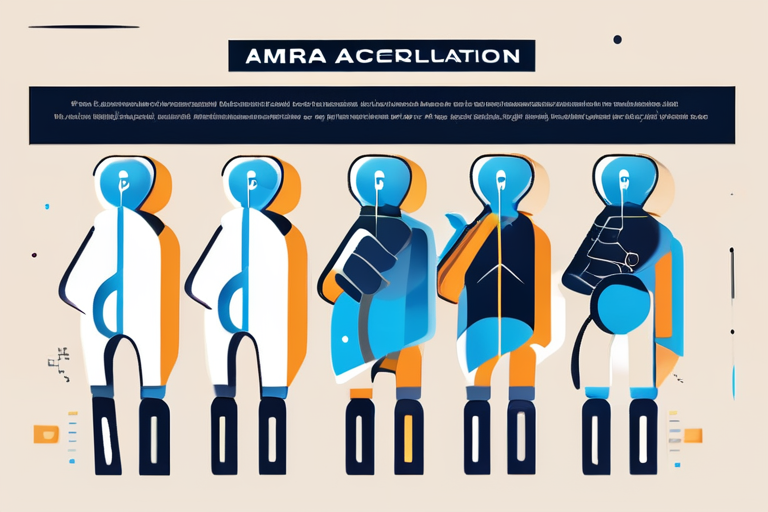
 Hoppi
Hoppi
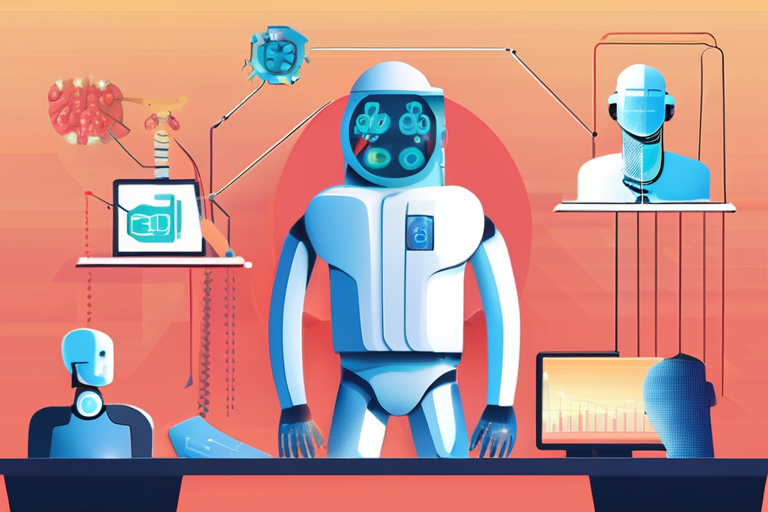
 Hoppi
Hoppi











